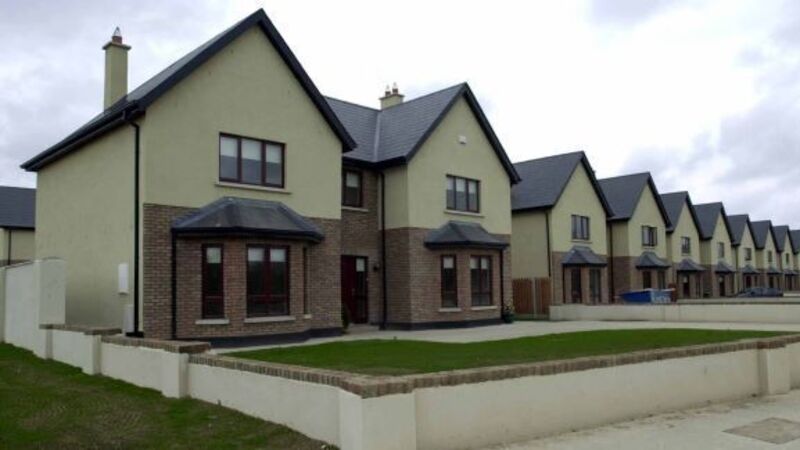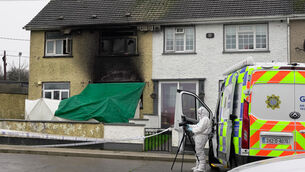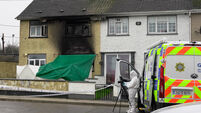Cash buyers pay less for properties than those who need a mortgage

The findings are contained in the newly revamped property price index from the Central Statistics Office (CSO) which is now based on stamp duty returns and includes cash buyers for the first time.
The CSO data now shows that the collapse in property prices was more pronounced than previously thought, while the recovery has been slightly stronger.













